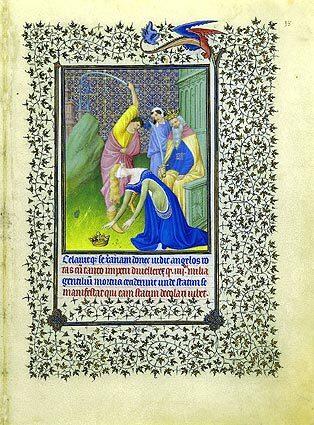Medieval illuminated manuscripts at the Getty Museum.
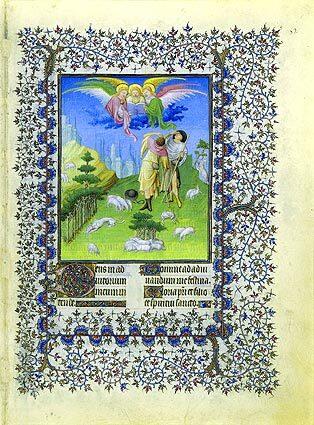
“The Annunciation to Shepherds,” by the Limbourg brothers, is one of the illuminated, late-medieval manuscripts that will be on view. The works are considered treasures of Northern European art. (Metropolitan Museum of Art / J. Paul Getty Museum)
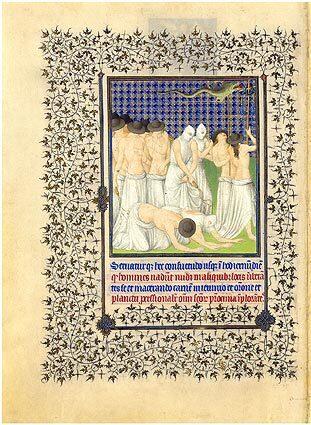
“Procession of the Flagellants.” The Limbourg brothers gave this sorrowful ritual of pain and lamentation a strange beauty. (Metropolitan Museum of Art / J. Paul Getty Museum)
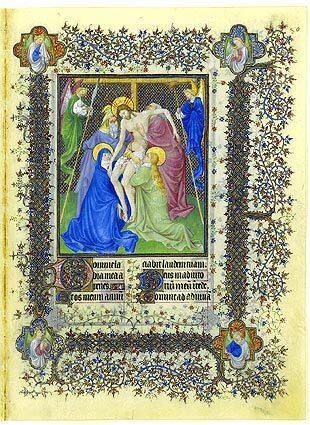
“Descent From the Cross” is a tender depiction of figures lowering the crucified Christ gently to the ground. (Metropolitan Museum of Art / J. Paul Getty Museum)
Advertisement
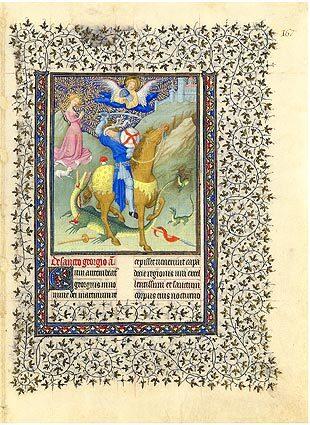
“Saint George and the Dragon” plays on a theme, popular at the time, of saints as protectors. St. George also embodies the chivalric ideals of the late-medieval era. (Metropolitan Museum of Art / J. Paul Getty Museum)
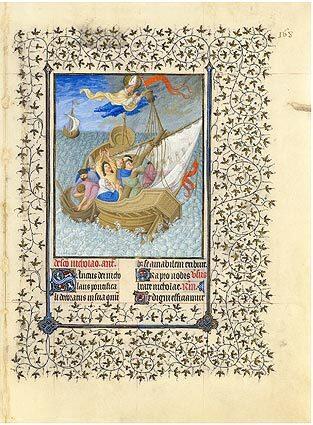
In “Saint Nicholas Saves Travelers at Sea,” the Limbourg brothers convey the forces of nature, particularly in the rolling motion of the sea. (Metropolitan Museum of Art / J. Paul Getty Museum)
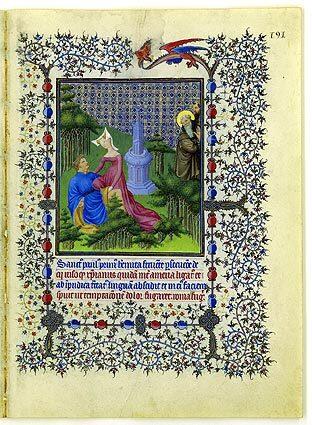
“Saint Paul the Hermit Sees a Christian Tempted.” (Metropolitan Museum of Art / J. Paul Getty Museum)
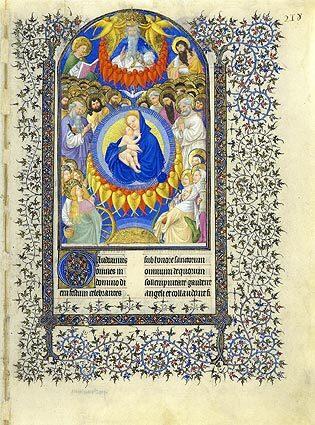
“Heavenly Host.” (Metropolitan Museum of Art / J. Paul Getty Museum)
Advertisement
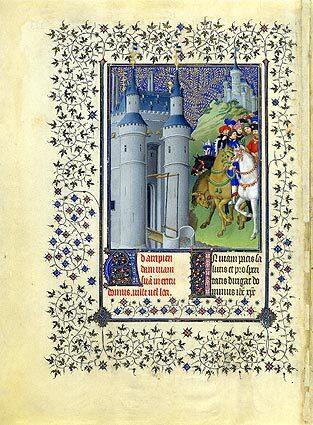
“The Duke of Berry on a Journey” is one of two works by the Limbourg brothers in which their patron, the duke, appears --- here on a white horse. (Metropolitan Museum of Art / J. Paul Getty Museum)
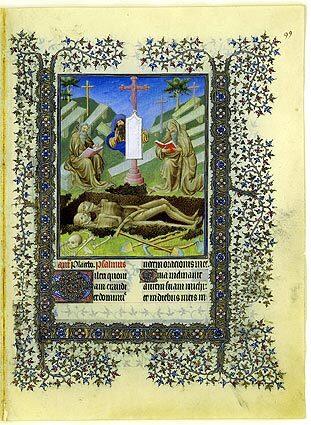
This mysterious cemetery scene accompanies a section of the “Belles Heures” known as the Office of the Dead. In the picture, a prophet emerges from behind a crucifix and gestures toward figures in a grave. The figures appear not to have been buried yet, though they have decomposed. The meaning is unclear. (Metropolitan Museum of Art / J. Paul Getty Museum)
